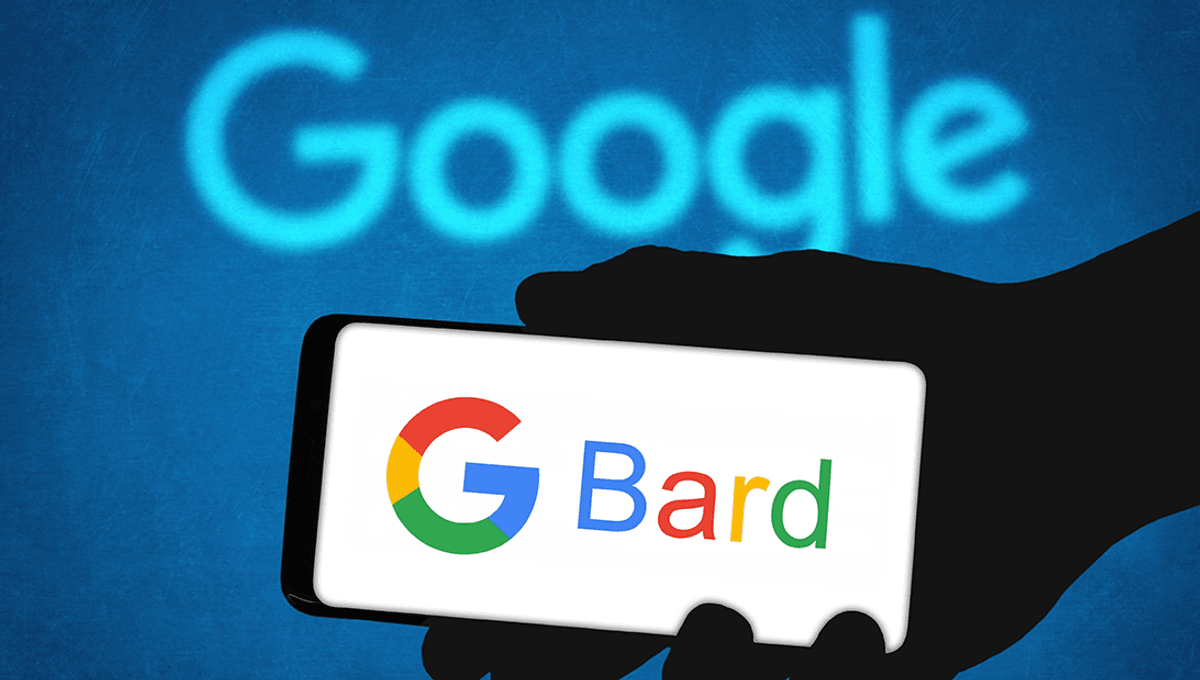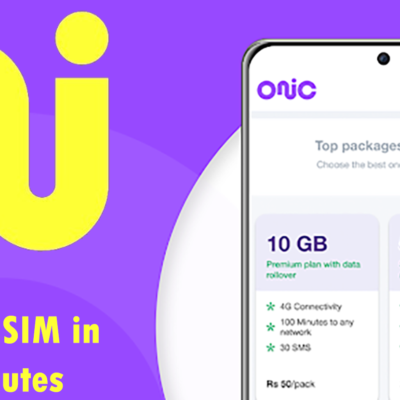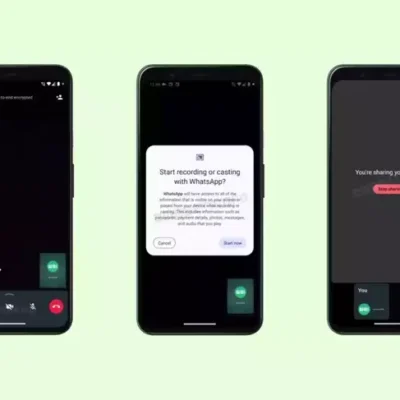At the recently concluded Google I/O developer conference in Mountain View, California, the concept of “Generative AI” garnered significant interest. One noteworthy highlight was Google’s Bard, a chatbot powered by AI that rivals Microsoft-backed ChatGPT. This move by Google is aimed at reclaiming lost ground in the field of Artificial Intelligence.
Similar to ChatGPT, Google’s Bard possesses the ability to comprehend and produce responses that resemble human language. With Bard now accessible to users in over 180 countries worldwide, including India, Google is poised to redefine the future of web search.
What is Bard?
Bard, developed by Google, is essentially an AI Chatbot that operates on Google’s Large Language Model (LLM) called LaMDA, similar to how ChatGPT is built on the GPT framework. These neural networks mimic the brain’s underlying architecture and are implemented in computer systems. It’s important to note that Bard is distinct from Google Search, which serves as the default method for billions of people to seek information online. Unlike traditional search methods, Bard is designed to engage in conversations with users, enabling them to input prompts and receive responses generated by artificial intelligence that closely resemble human-like text and images.
According to its own description, Bard is a “large language model” that functions as a conversational AI or chatbot, specifically trained to provide informative and comprehensive responses. It has undergone extensive training using vast amounts of textual data, enabling it to communicate and generate human-like text in response to a wide range of prompts and questions. For instance, Bard is capable of delivering summaries of factual subjects or crafting narratives.
Is Bard free?
As of now, Bard, the AI Chatbot developed by Google, is available for free usage. Initially, it was limited to users in the United States and the United Kingdom who had signed up for a waitlist. However, it has now been extended to users in 180 countries worldwide. Google actively encourages users to make use of Bard and provide feedback, as this feedback plays a crucial role in refining and enhancing the capabilities of the AI chatbot.
How do you use Bard?
Getting started with Bard is a straightforward process. To begin using Bard, simply visit the Bard homepage at Bard.google.com and log in using your Google account. Once logged in, you will have access to Bard and its user-friendly AI interface. Bard AI is designed to be intuitive and user-friendly, much like other Google products.
The Google Bard chat window is easy to navigate. At the bottom of the screen, you will find a text area where you can enter your questions or prompts. Simply type in your query and press enter or click the submit button on the right to send it. Additionally, Google offers the option to dictate your prompts by clicking the microphone button within the text area.

After entering your prompts, Bard will engage in a conversation with you, mimicking human interaction. The entire conversation will be displayed in the center of the chat window. Following the AI chatbot’s response, you can view alternative drafts of each response and provide feedback by using thumbs-up or thumbs-down icons. Google also allows you to edit your prompts.
Within the chat window, next to each prompt, you will find an edit button that allows you to modify your query and refine it for a new answer. This edit feature is useful as it helps the AI chatbot better understand your query, resulting in more precise responses. On the left side of the text area, you will find additional options such as Reset chat, Bard activity, FAQ, Updates, and Help and Support.
Does Bard save your conversations?
While interacting with the AI chatbot, Google Bard does not save your entire conversation history. However, it does retain the prompts and questions you provide. It’s important to note that Google collects various types of data, and considering this data collection practice, it is strongly recommended to refrain from sharing any private or sensitive information with Bard.
Can I use Bard in my native language?
According to Google, Bard is initially designed to generate answers exclusively in the English language. However, it’s worth noting that Bard has expanded its language support to include Japanese and Korean as well. This expansion is part of Google’s larger plan to support a total of 40 languages, enabling a more diverse user base to benefit from Bard’s capabilities.
Can I rely on Bard for the information I want?
Bard, as well as other AI chatbots like ChatGPT, are still in the experimental stages, and their accuracy may be flawed. These models are not continuously updated with real-time information, which can result in factual inaccuracies. One of the challenges with generative AI chatbots is their limited ability to differentiate between factual information and fictional content. Consequently, there is a risk of misinformation being spread on social media platforms.
When asked about its trustworthiness, Bard provided the following response:
“If you are seeking factual information, I can be a valuable resource. I have the ability to access and process information from the real world through Google Search, ensuring that my responses align with search results. However, it’s important to note that I am still in development, and there may be instances where I make mistakes. It’s crucial to remain aware of this and always verify the information I provide.”
It is essential for users to exercise caution and critically evaluate the information obtained from AI chatbots, considering their limitations and the potential for inaccuracies. Double-checking information from reliable sources is recommended.
What are the interesting use cases of Bard?
Bard offers users a wide range of functionalities and can be utilized in various ways. It is capable of providing information, assisting with coding, translating languages, creating CVs, aiding in job interview preparation, and much more. For instance, when we asked Bard how to make aloe vera juice at home, it promptly generated a recipe with detailed instructions on our screen.
In contrast, when we posed the same question to Google, the search results did not display a recipe for making aloe vera juice directly. Instead, we received links to different websites. Google’s search function typically presents a list of websites that may or may not contain the desired information. This often necessitates scrolling through multiple pages without finding the exact information one is seeking. Bard’s conversational capability shines in its ability to provide the desired solution directly, simplifying the process of retrieving information in the intended format.
Although AI chatbots offer conversational abilities and can appear smarter than conventional search methods, it’s important to note that they are not infallible and may not always provide accurate responses.









